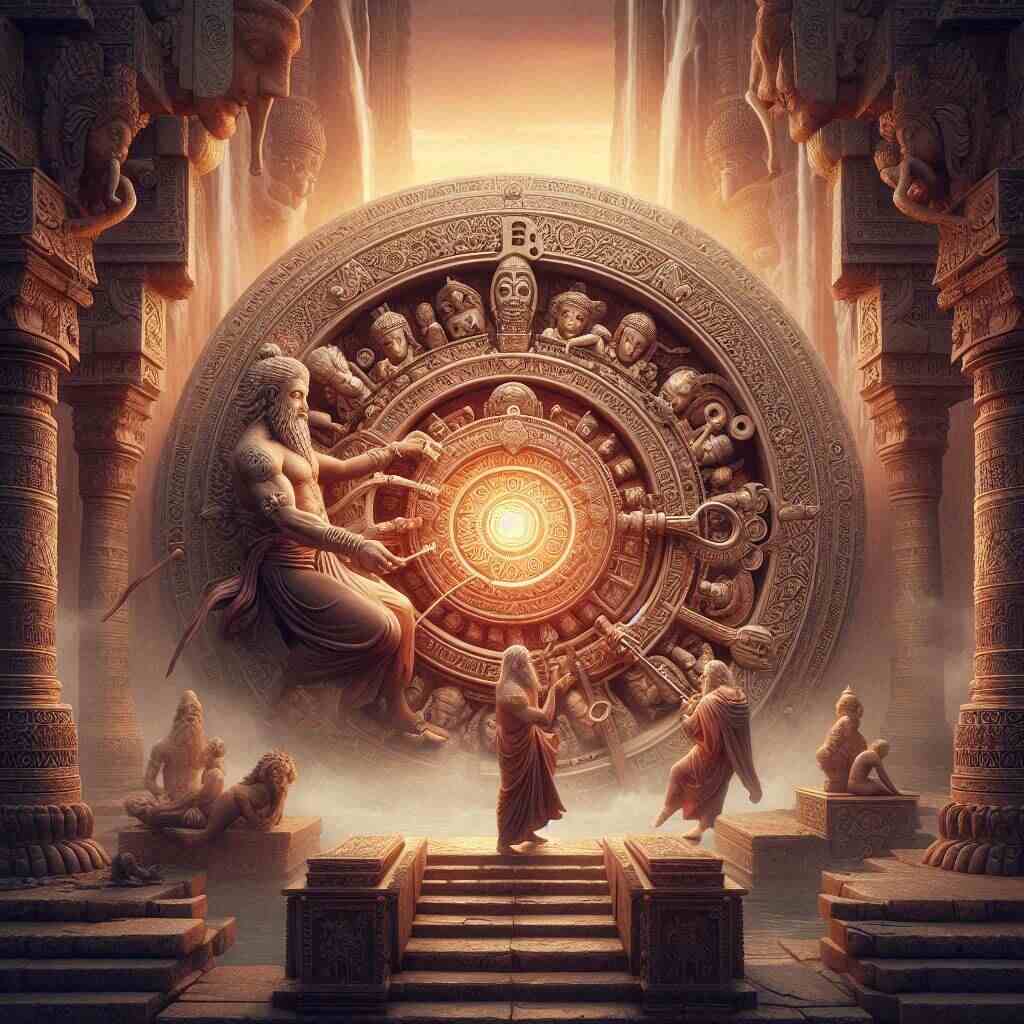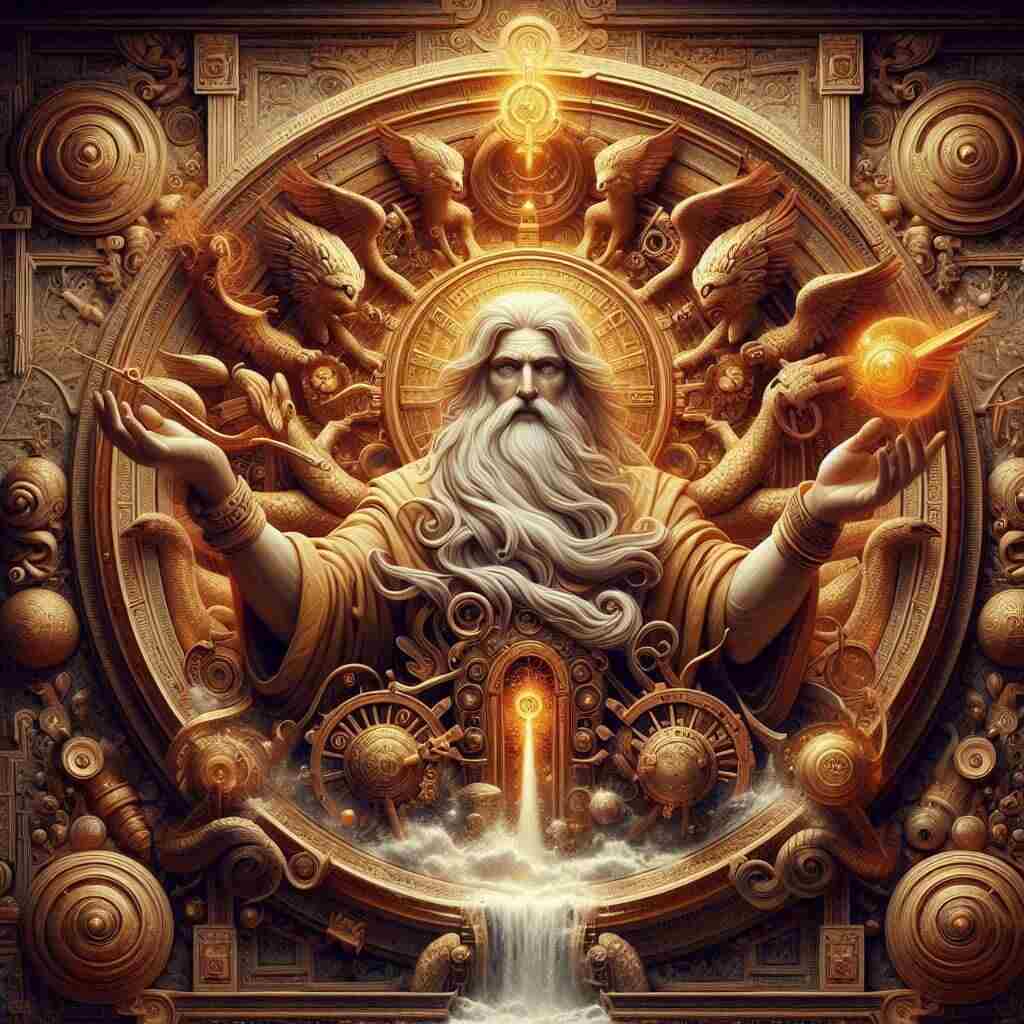Ancient Artz: The Secrets of Timeless Creativity
When you hear the phrase “Ancient Artz,” what comes to mind? Maybe dusty cave walls, crumbling statues, or faded scrolls? But ancient art is so much more than just relics from a forgotten time—it’s the living, breathing soul of early human expression.
Why should you care? Because ancient art is like our collective time machine. It speaks to us from centuries past, whispering secrets of how we lived, worshiped, fought, and loved. It connects us across time, proving that even without modern tools or words, creativity always found a way.
The Origins of Ancient Art

Prehistoric Beginnings: Cave Paintings and Petroglyphs
Let’s rewind to about 40,000 years ago. That’s when early humans started doodling on cave walls—except their doodles told powerful stories. Think of places like Lascaux in France or Altamira in Spain. These weren’t just “art for art’s sake”—they were hunting guides, spiritual expressions, and maybe even the earliest form of human communication.
Art as a Language Before Language
Before alphabets and emojis, art was language. Symbols etched in stone, stick figures on walls, spirals and animals—they all meant something to the people who made them. It’s wild to think that before we ever spoke as a species, we drew.
Ancient Egyptian Art

Symbolism in Every Stroke
Egyptians didn’t just make art—they coded it with deep meaning. Every color, every pose, every symbol had a purpose. Their gods were painted larger than life, while humans were drawn in rigid, profile poses. Why? Because in their worldview, structure and balance were sacred.
Art for the Afterlife: Tombs and Temples
If you’ve ever seen the golden mask of Tutankhamun, you’ve seen Egyptian art at its most epic. Much of their art was created for tombs—meant to guide souls to the afterlife. Temples were covered in carvings and paintings, showing gods, offerings, and scenes of judgment.
Mesopotamian Marvels

Ziggurats and Stone Reliefs
In Mesopotamia—the “cradle of civilization”—art grew alongside cities. Towering ziggurats dominated skylines, while stone reliefs adorned palace walls. These reliefs told stories of kings, wars, and gods, all in incredible detail.
Storytelling Through Symbols
Unlike today’s comic books, Mesopotamians used art to blend mythology with history. They carved winged bulls, sun gods, and epic battles that told stories without a single word.
Greco-Roman Influence
Sculptures that Breathed Life
If you’ve ever seen Michelangelo’s David, you’re already feeling the ripple effect of Greco-Roman art. Ancient Greek sculptors mastered anatomy so well, their marble statues looked alive. Romans picked up the torch and added emotion and realism.
The Rise of Mosaics and Murals
Mosaics—made from tiny tiles—decorated everything from floors to bathhouses. Murals splashed color on walls, showing gods, feasts, and everyday life in stunning clarity.
Ancient Indian and Southeast Asian Art
Intricate Temples and Spiritual Expression
In India and Southeast Asia, art and religion walked hand-in-hand. From the sandstone carvings of Khajuraho to the monumental temples of Angkor Wat, every inch told a sacred story.
Buddhism’s Artistic Evolution
Buddhist art evolved from simple stupas to intricate sculptures of the Buddha and swirling mandalas. These weren’t just beautiful—they were tools for meditation and spiritual growth.
Chinese and Japanese Ancient Art
Calligraphy and Ink Painting
In ancient China, calligraphy wasn’t just writing—it was high art. Every stroke had rhythm and flow. Alongside it, ink wash paintings captured the spirit of nature with breathtaking simplicity.
Harmony with Nature in Art
Both Chinese and Japanese traditions focused on balance—between humans and nature, between the spiritual and physical worlds. Think of Zen gardens, bamboo paintings, and tranquil temples.
Indigenous and Tribal Art Forms
Native American Symbolism
From the colorful patterns of Navajo weavings to the storytelling of Plains hide paintings, Native American art is rich with symbolism, often tied to nature and spiritual guides.
Aboriginal Dreamtime Paintings
Australian Aboriginal art is one of the oldest continuous art forms. Their dot paintings tell stories from the “Dreamtime”—a spiritual past that shapes their understanding of the world.
The Role of Materials and Tools
From Natural Pigments to Bronze and Gold
Ancient artists were resourceful. They crushed berries, minerals, and even bugs to make paints. Later, they learned to cast bronze, carve ivory, and sculpt with marble.
Carving, Painting, and Weaving Techniques
From chisels and brushes to looms and kilns, ancient tools shaped what was possible. And often, these tools were handmade—custom-built for a specific artistic vision.
Themes and Purposes in Ancient Art
Religion, Myth, and Power
Art wasn’t always about beauty. It was a megaphone for messages—about gods, rulers, victories, and creation myths. It established who held power and who didn’t.
Daily Life and Cultural Identity
Beyond kings and gods, ancient art also showed us farmers, dancers, mothers, and merchants. It captured the heartbeat of everyday life.
The Science of Preserving Ancient Art
Archaeological Discoveries
Many ancient masterpieces were lost underground for centuries—until archaeologists unearthed them. Sites like Pompeii, Machu Picchu, and Terracotta Army changed how we see ancient art.
Restoration and Modern Technology
Today, we use lasers, AI, and even 3D printing to restore and preserve ancient works. We’re literally breathing new life into history.
How Ancient Art Still Inspires Modern Creativity
Influence on Contemporary Artists
From fashion runways to graphic design, you’ll find echoes of ancient patterns, symbols, and ideas everywhere. Modern creators remix old styles in bold new ways.
Lessons We Can Learn Today
Ancient art teaches us patience, purpose, and passion. It shows how humans have always needed to create—to make sense of the world and leave something behind.
Debunking Myths About Ancient Art
Not Primitive, But Profound
Some people think ancient art is “primitive.” But that’s just not true. It’s intentional, complex, and often more profound than modern work.
The True Diversity of Ancient Cultures
Ancient art didn’t come from one place—it came from everywhere. Africa, Asia, the Americas—all had rich, unique traditions often overlooked.
Visiting Ancient Art Around the World
Best Museums and Sites to See Ancient Artz
Want to see ancient art up close? Check out:
- The British Museum
- The Louvre
- The Metropolitan Museum of Art
- Temples in Egypt, Cambodia, and India
- Machu Picchu and the Pyramids
Virtual Tours and Online Archives
Can’t travel? Many museums now offer virtual tours and digital exhibits. You can explore ancient art in high-res right from your couch.
Conclusion: Why Ancient Art Still Matters
Ancient art isn’t just something for textbooks or museums—it’s our shared human inheritance. It tells us who we were, helps us understand who we are, and maybe even guides who we’re becoming.
Every line, brushstroke, or carved stone from the past has something to say. The real question is: are we listening?
FAQs About Ancient Artz
1. What does “Ancient Artz” refer to?
It’s a stylized way to refer to ancient art—creative works made by early civilizations across the world.
2. How old is the oldest known piece of art?
Roughly 40,000 to 65,000 years old, found in caves in Europe and Indonesia.
3. Why is ancient art important today?
It helps us understand ancient cultures, beliefs, and values—and inspires modern creativity.
4. What materials did ancient artists use?
Natural pigments, stone, bronze, gold, ivory, wood, and clay.
5. Which civilization had the most advanced art?
Each had its strengths—Egypt for symbolism, Greece for sculpture, China for calligraphy, etc.
6. Can I see ancient art online?
Yes! Many museums offer virtual exhibits of ancient collections.
7. What’s the difference between ancient and classical art?
Classical art usually refers to Greek and Roman traditions; ancient art is broader and global.
8. Were ancient artists respected in their time?
Not always—many were anonymous artisans serving religious or royal patrons.
9. How do archaeologists find ancient art?
Through excavations, satellite imagery, and sometimes lucky accidents!
10. Is ancient art still being discovered?
Absolutely—new discoveries happen almost every year, especially in remote or previously closed areas.






